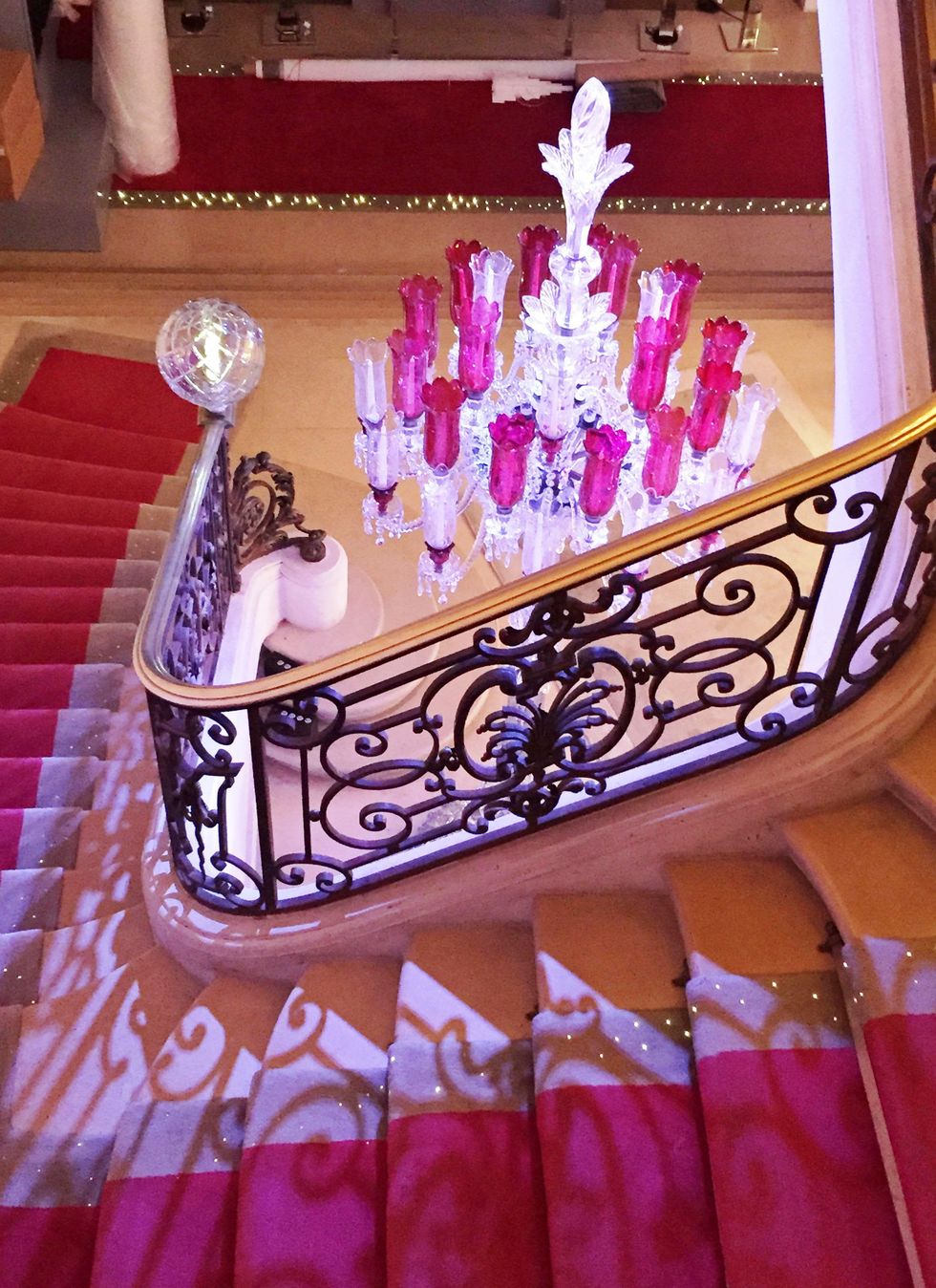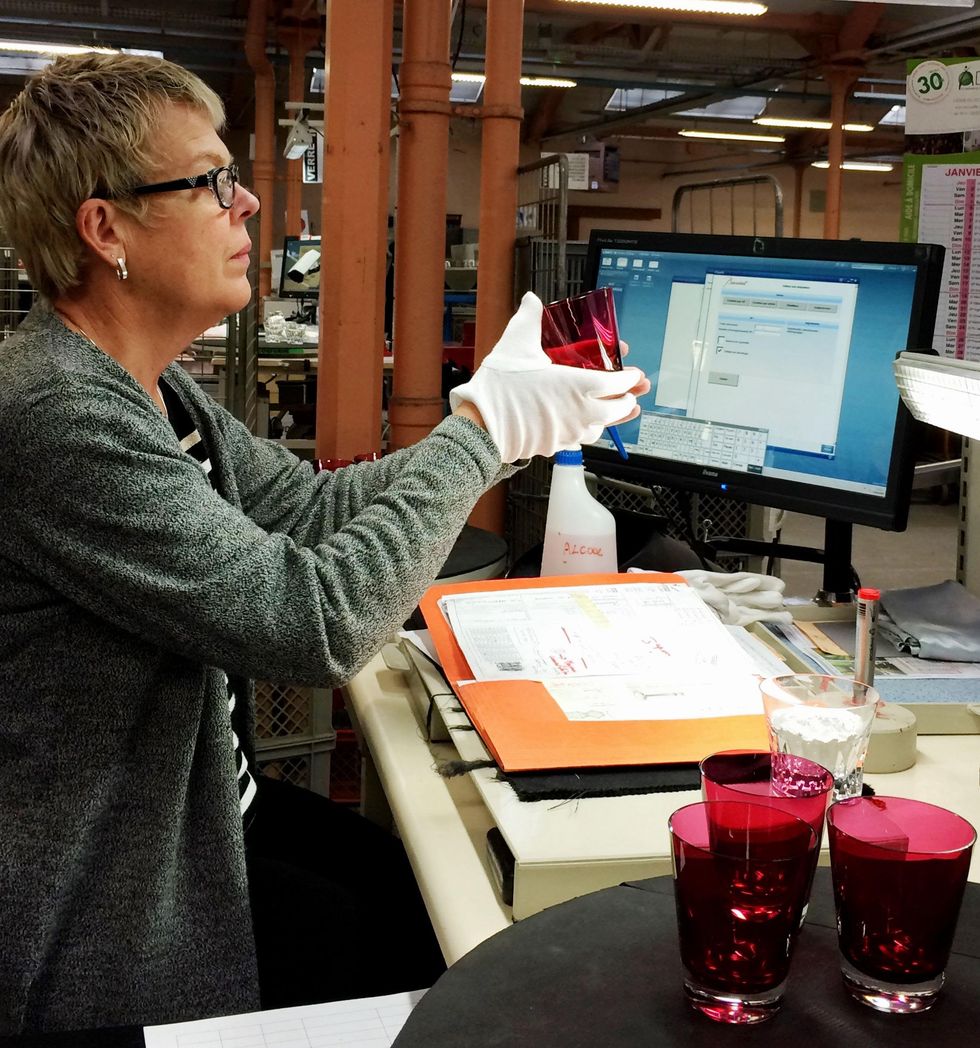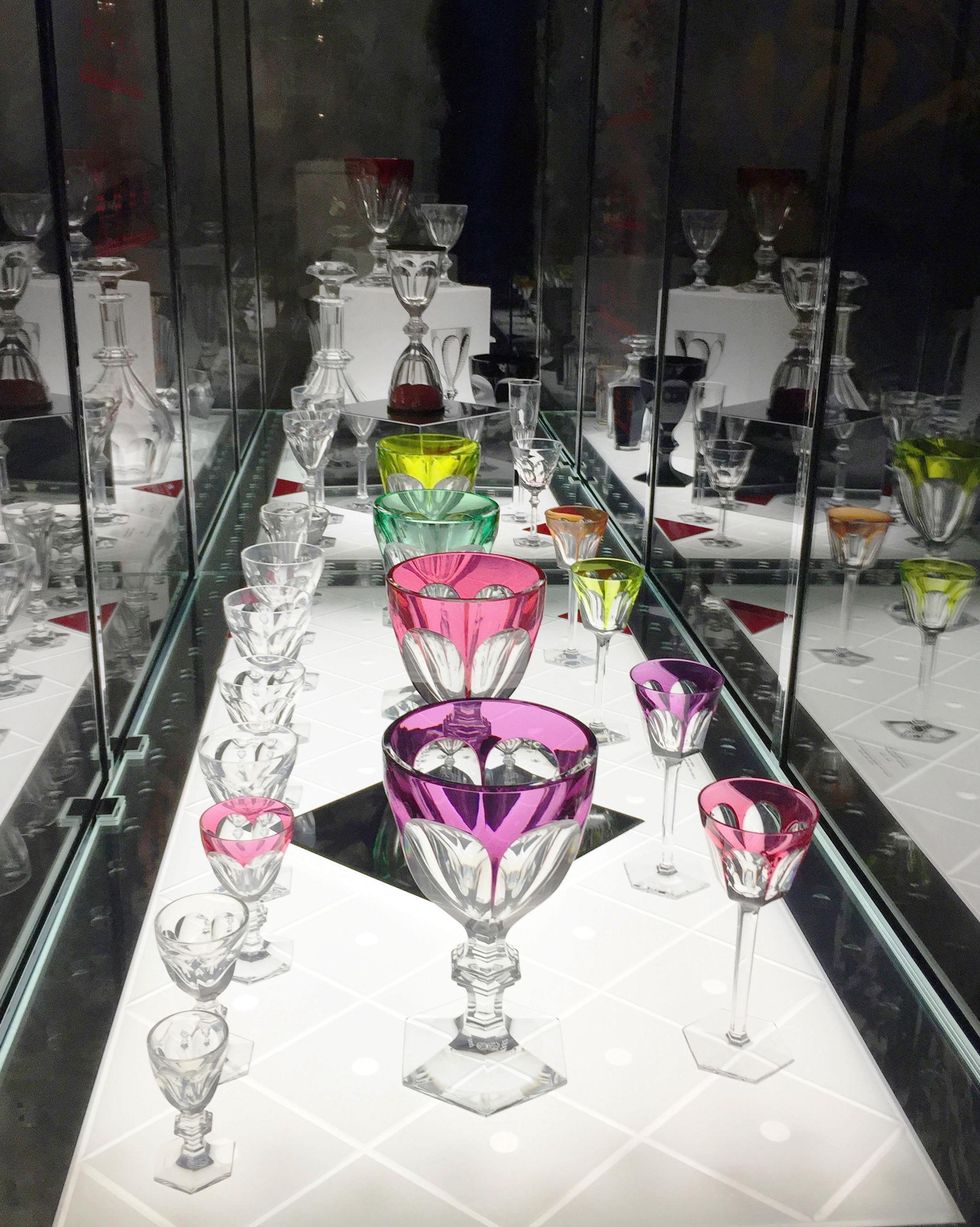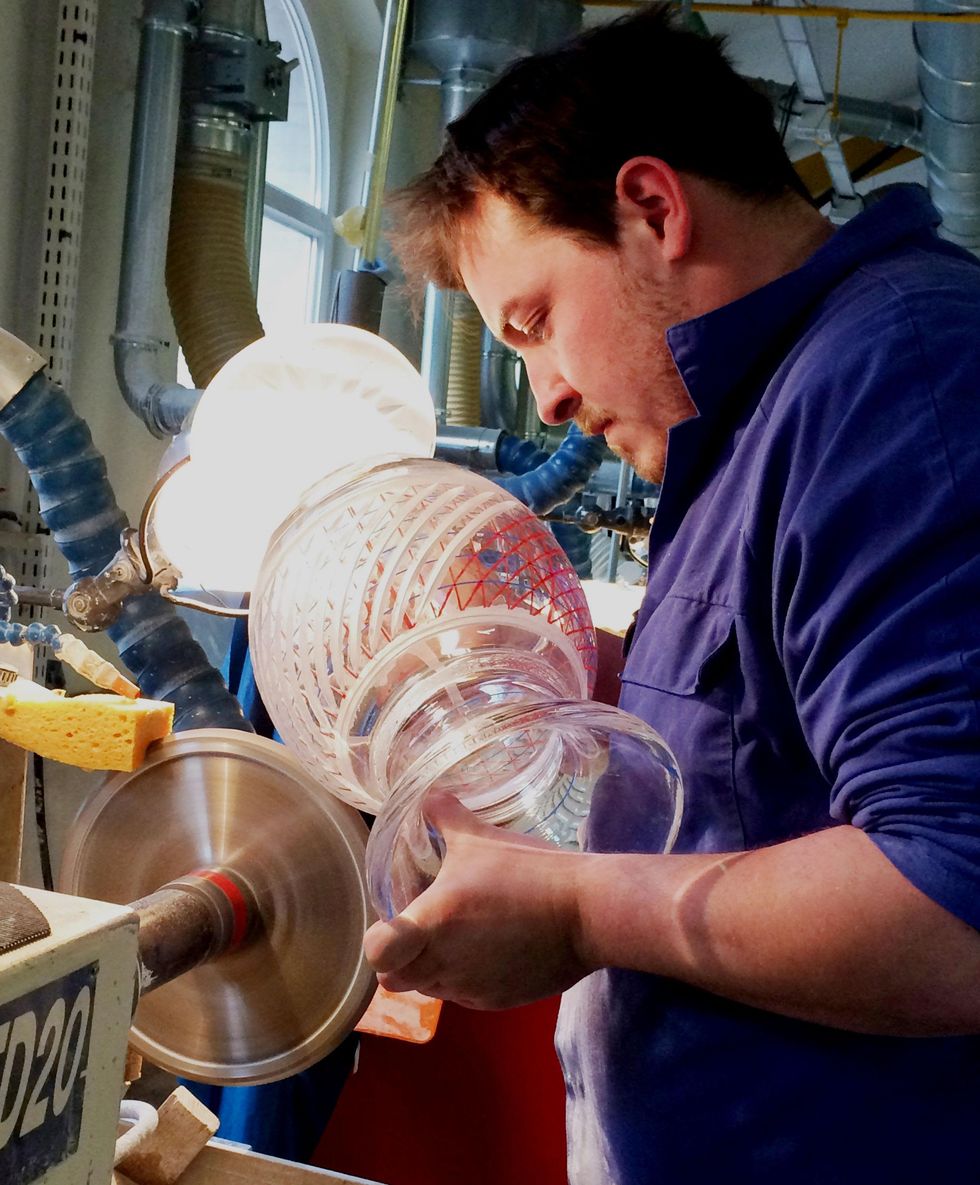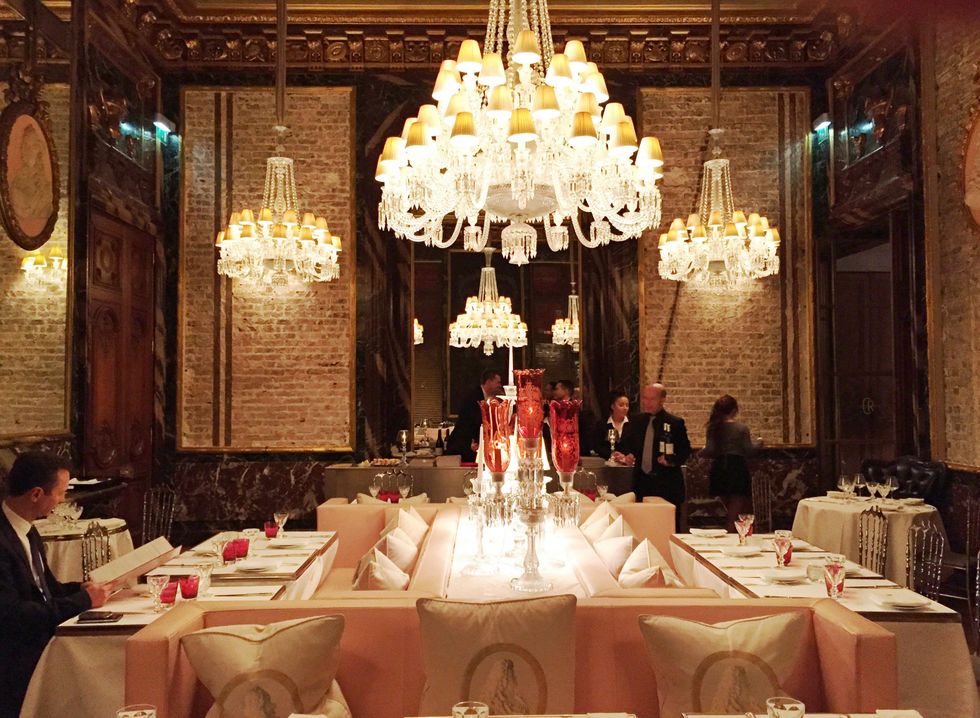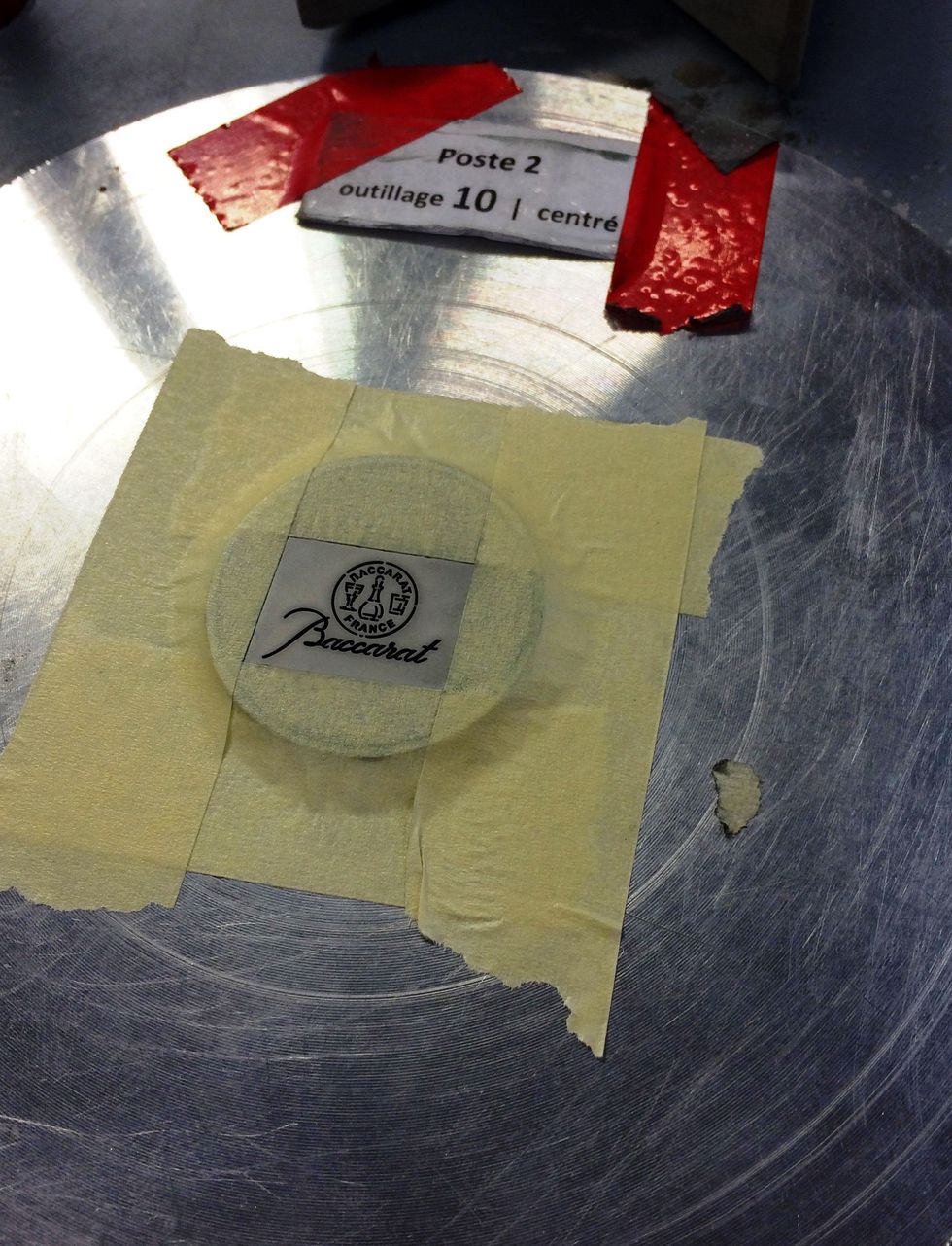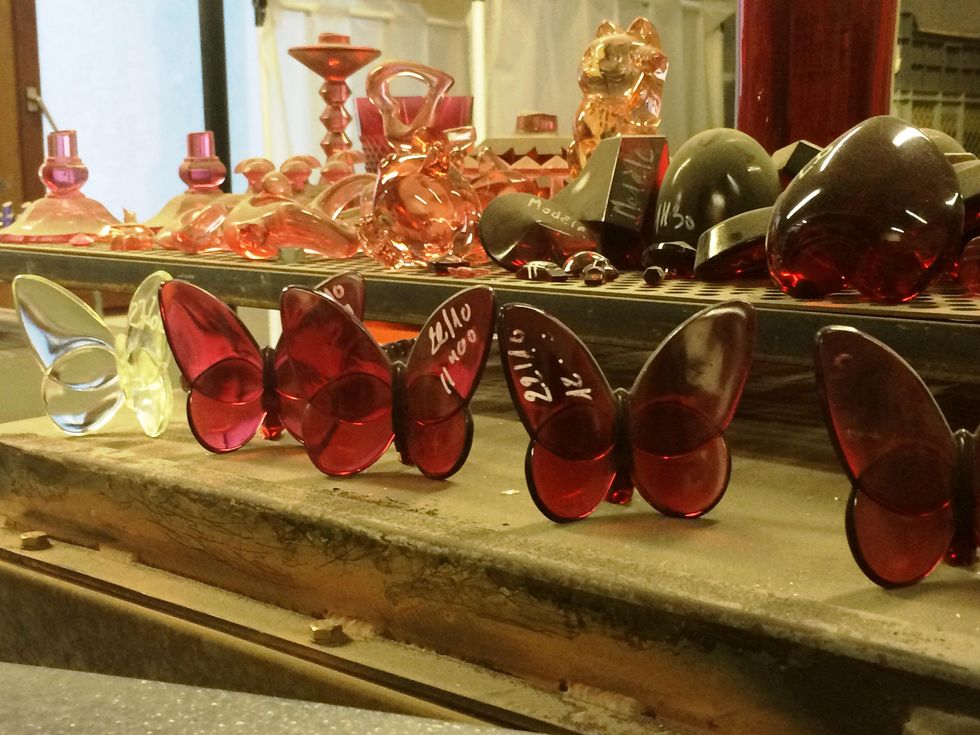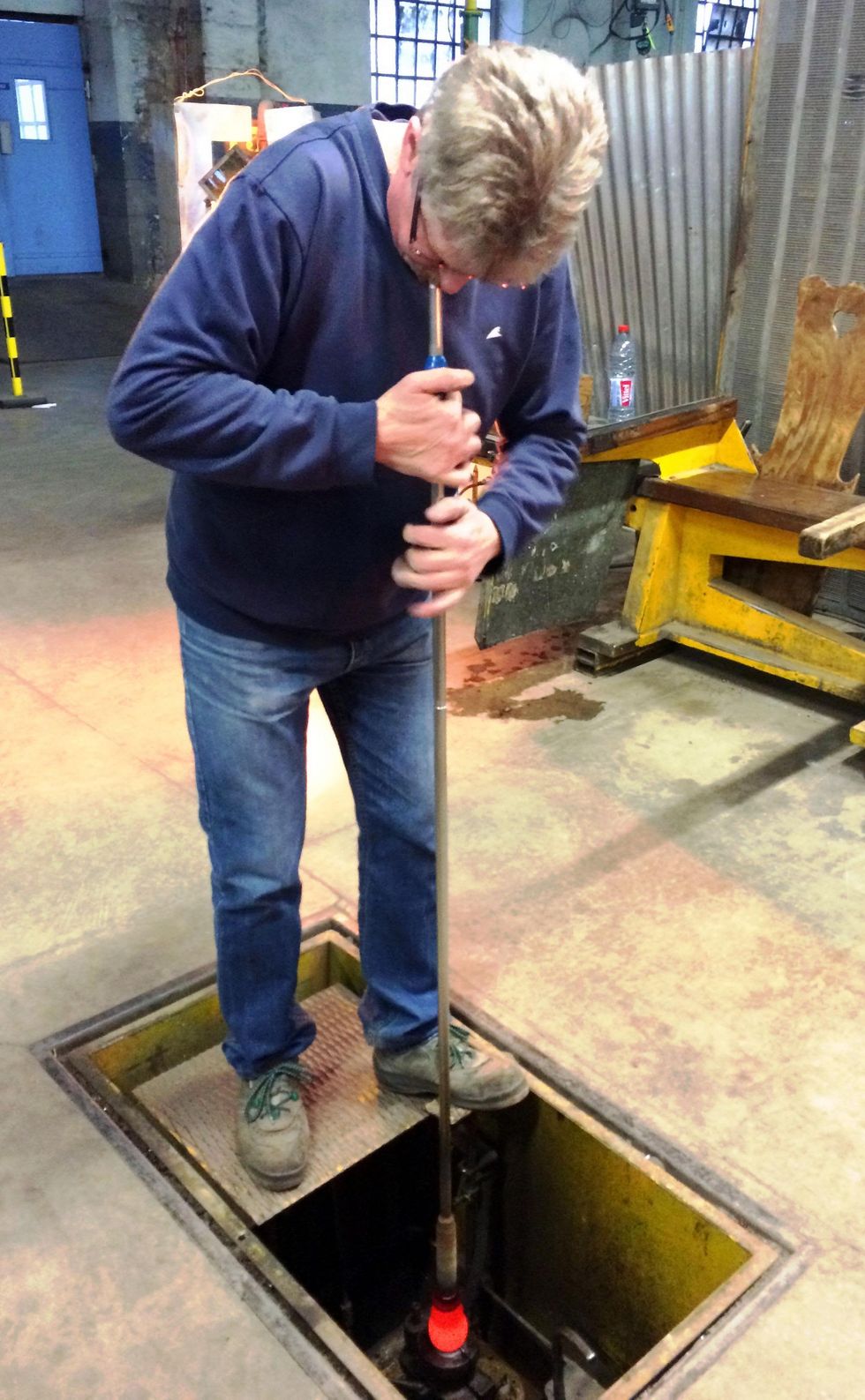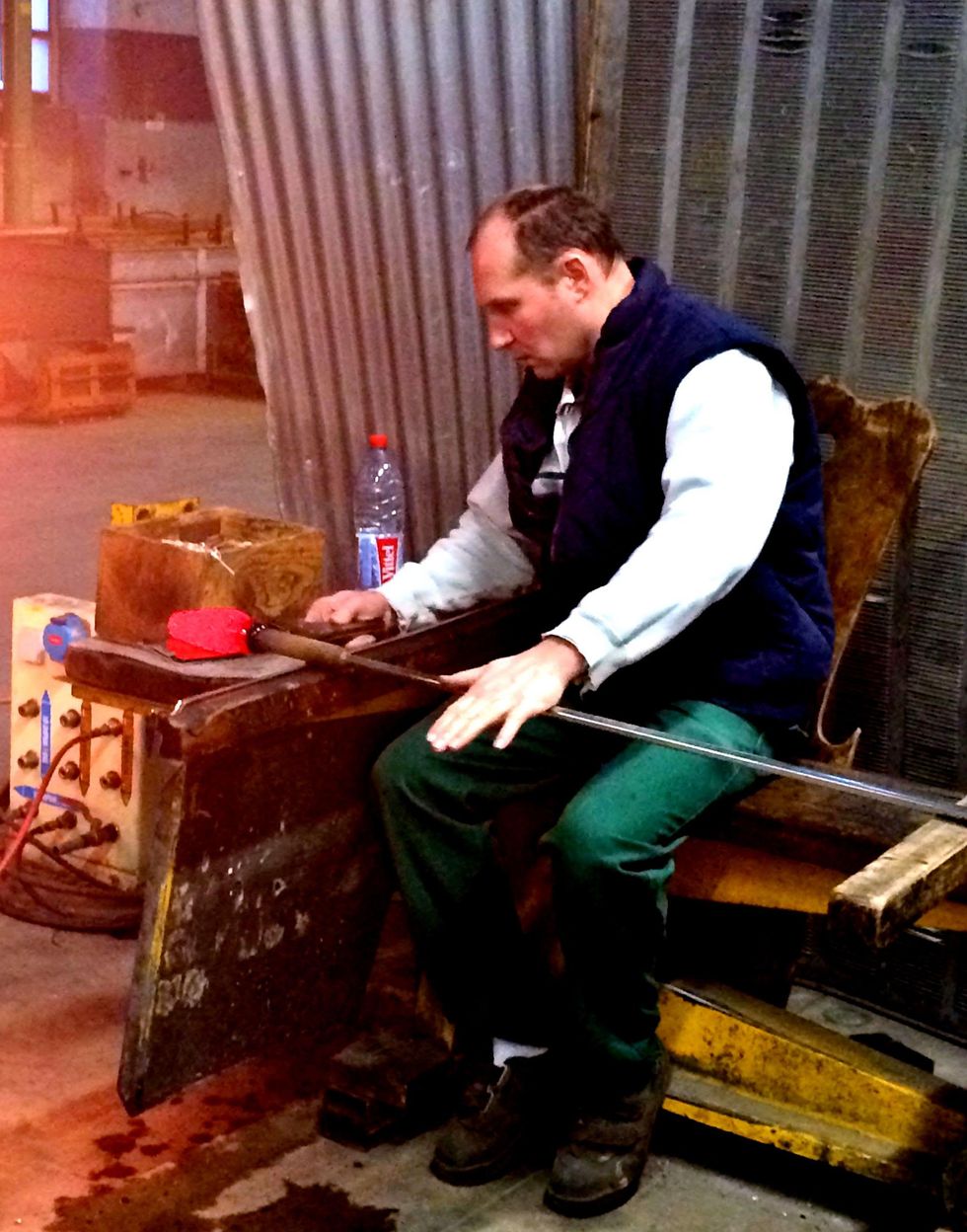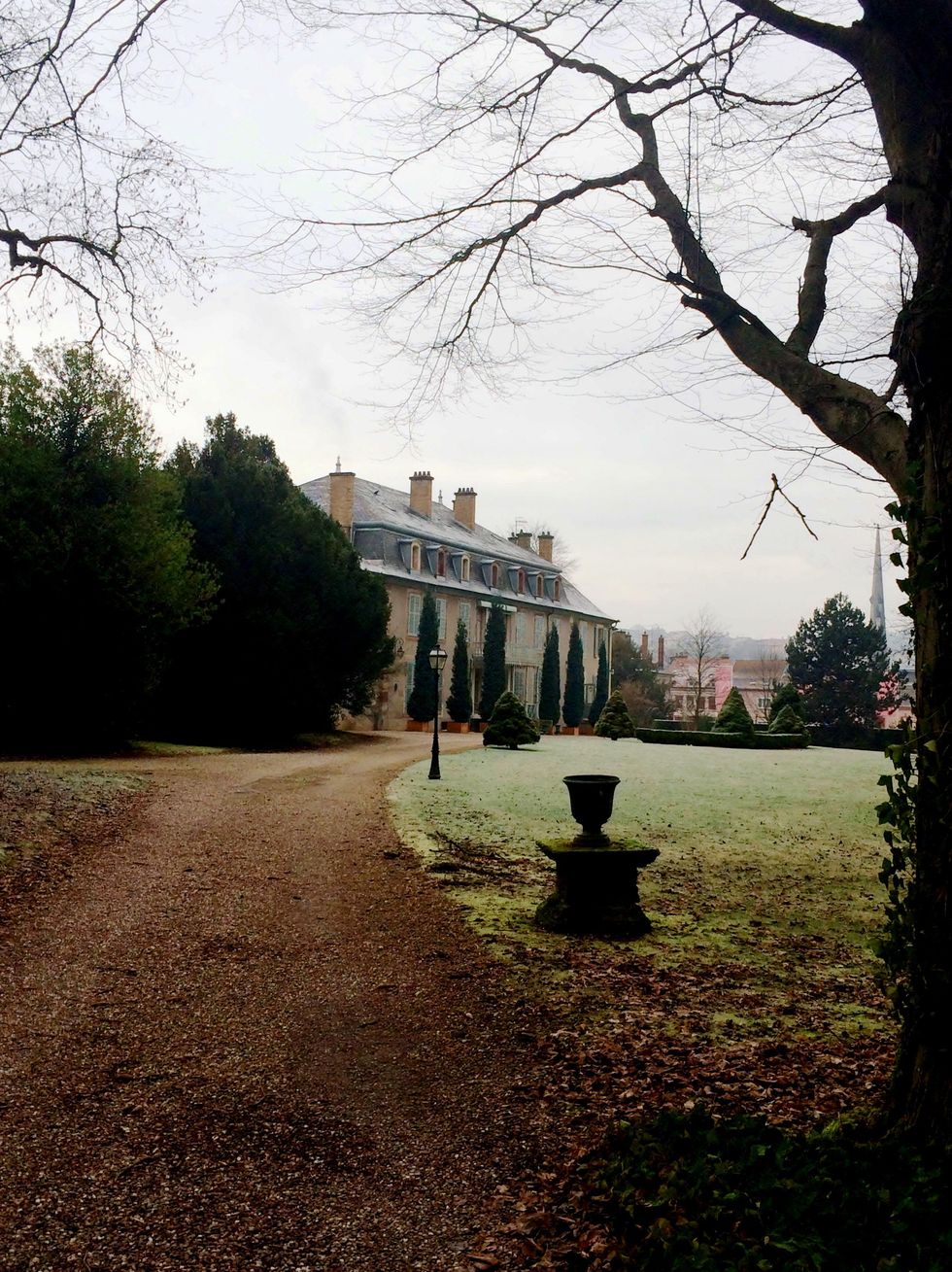Inside Baccarat Factory
The Eye of Perfection: Inside the Baccarat factory, where the art of creating fine crystal lives on
I never knew Baccarat, France, was an actual town or the 250-year-old home of the famously collectible fine crystal. While in France recently, I had the good fortune to accompany Regina Garcia, owner of luxury boutique Events in River Oaks, for the rare chance to step behind the curtain and see Baccarat artisans at work.
The Baccarat factory is really much more than a glassworks; it is a quaint, picturesque campus dating back to 1764 when it housed a church, a school, apartments and a variety of glassmaking buildings. Now the church serves as an exhibition space and the school is off site, but 60 families still reside in apartments on the factory grounds, an enviable commute for its artisans.
We marvel at the activity, including a well-choreographed ballet of glass blowing and shaping and firing and shearing, with as many as six artisans working together on a single piece of stemware.
Inside the factory, we marvel at the activity, including a well-choreographed ballet of glass blowing and shaping and firing and shearing, with as many as six artisans working together on a single piece of stemware. At the center of the glass blowing area is a massive 24-oven circular furnace, the oldest in France at 250 years and the last of its kind.
I notice immediately that none of the artisans wear protective gloves or eyewear, despite close proximity to molten crystal and red hot ovens. Our tour guide explains "As artisans, they want to feel their tools and see the work without interference."
The work is intense and artisans take a five-minute break every hour.
At one small furnace off to the side, two teenagers and a middle-aged man are bent over a blowing rod talking intently. Baccarat's artisan apprenticeships begin at age 16 and each apprentice works at least six to seven years with a master craftsman.
To work on the most complicated pieces, a Baccarat artisan completes 15 years of training. (I ponder how many times our millennials change jobs in 15-year span.) The presence of second- and third-generation crystal artisans is also a proud tradition at the company.
Brilliant colors
As we leave the crystal blowing and shaping area, we visit a room where fired and cooled pieces receive their first of many inspections. That's when I finally hear the title I want on my business card: Eye of Perfection. At Baccarat, that's what they call the inspectors who closely examine each piece at every stage of production. If the Eye detects the slightest flaw, the piece is banished to a bin and returned to molten form.
Baccarat is famous for its brilliant colors, especially its signature red. The rich hues are created by adding mineral-bearing salts to the crystal, then applying high heat (540 Celsius) for several hours. No wonder we love the intense red — the key additive is gold dust.
Baccarat is famous for its brilliant colors, especially its signature red.
The most difficult color, resurrected through collaboration with famed designer Philippe Starck, is black. The process is so difficult that about every six attempts yields one perfect black crystal glass.
The discipline and precision of the artisans who cut Baccarat crystal is as impressive as those who blow and shape its pieces. A single vase can take several hours to several days of cutting depending on its complexity. After observing this painstaking craft, we encounter more "Eyes" who carefully examine the cut and polished pieces.
Our last stop is the assembly area for Baccarat's trademark chandeliers. Here we learn that every chandelier is completely assembled and inspected in the factory, then disassembled and shipped. We marvel at the beautiful hanging creations in various stages and the hand sorting of the gleaming pieces and parts. By this time, learning that a single chandelier can take as many as 120 man hours to make no longer surprises us.
Cristal Room
It wasn't until the next evening in Paris, while dining in the Cristal Room at Maison Baccarat, that the whole experience came into perspective. Toasting with our Harcourt champagne glasses in a grand, brick-walled salon that glistened with chandelier-laden ceilings, we truly appreciated the artistry and the time it took to create our surroundings.
The Maison de Baccarat, once the private home of Countess Marie-Laure de Noailles, now reflects Starck's uncanny ability to combine modernism and old world opulence. Along with the delicious flavors offered by Chefs Guy Martin and Adrien Manac’h, the adjacent museum of historic Baccarat pieces, including stemware designed for President Franklin Roosevelt and dozens of other elegant treasures, is the perfect pre- or post-dinner diversion.
The museum and the restaurant (reservations suggested) are open to the public and well worth placing on any Paris itinerary.
